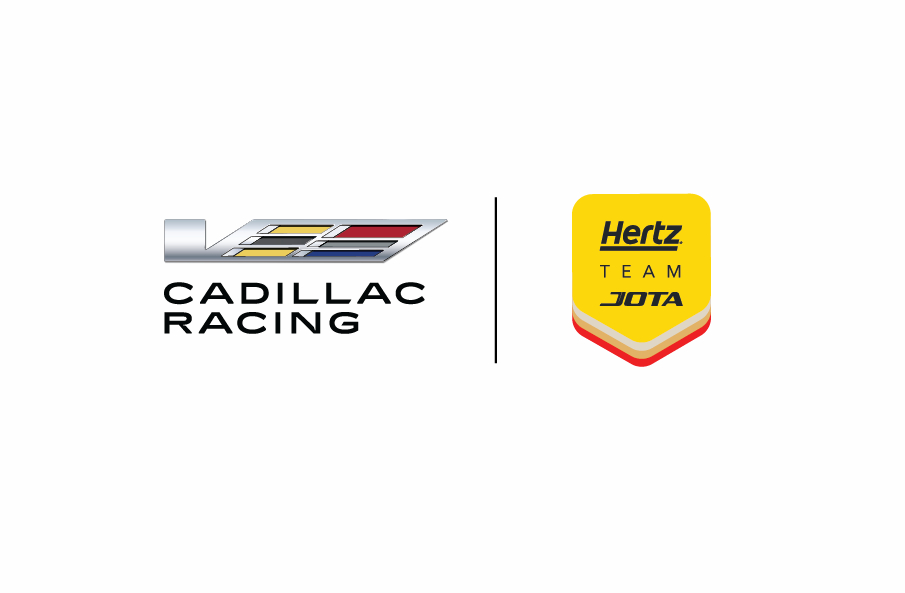Introduction
Maintaining your vehicle’s ball joints is crucial for safe and smooth driving. This guide will help DIY enthusiasts and novice mechanics understand and effectively use a ball joint press, ensuring successful removal and installation of ball joints.
Section 1: Understanding the Ball Joint Press
A ball joint press is a specialized tool used to remove and install ball joints. It consists of a C-frame, receiving tubes, and various adapters that work together to apply pressure and release or insert ball joints without damaging other suspension components.
Types of Ball Joint Presses
Ball joint presses come in different models and sizes, each designed for specific types of vehicles and ball joints. Some are manually operated, while others may use hydraulic pressure for easier operation.
Section 2: Preparing for the Task
Safety First
Safety is paramount when working on any vehicle repair. Always wear safety gear, including gloves and safety glasses, to protect against debris and injury. Make sure the vehicle is on a flat surface and that the parking brake is engaged.
Tools and Materials Needed
- Ball joint press kit
- Jack and jack stands
- Wrenches and sockets
- Penetrating fluid
- Snap ring pliers
- Torque wrench
- Protective gear (gloves, safety glasses)
Vehicle Preparation
- Park and Secure: Park the vehicle on a flat surface, engage the parking brake, and use wheel chocks to prevent movement.
- Lift the Vehicle: Use a jack to lift the vehicle and secure it with jack stands. Ensure the vehicle is stable before starting any work.
- Remove the Wheel: Remove the wheel to gain access to the ball joint.
Section 3: Removing the Old Ball Joint
- Lift the Car: Safely raise the vehicle using a jack and support it with jack stands.
- Access the Ball Joint: Remove the wheel and locate the ball joint.
- Remove the Snap Ring: Use snap ring pliers to remove the retaining ring from the ball joint.
- Clean and Lubricate: Clean the area around the ball joint and apply penetrating fluid to loosen any rust or debris.
- Position the C-Frame: Select the appropriate receiving tube and position the C-frame over the ball joint.
- Press Out the Ball Joint: Tighten the ball joint press until the ball joint is removed from its socket.
Tips and Tricks
- Apply penetrating fluid generously and allow it to sit for a few minutes to ease the removal process.
- Use a breaker bar for additional leverage if the ball joint is stubborn.
- Ensure the C-frame is properly aligned to avoid damage to surrounding components.
Section 4: Installing the New Ball Joint
- Select Receiving Tubes and Caps: Choose the correct size to fit the new ball joint. Refer to the vehicle’s manual for specifications.
- Position the C-Frame: Reverse the position of the C-frame to press the new ball joint into place.
- Align the New Ball Joint: Carefully align the new ball joint with the control arm or knuckle, ensuring it is correctly positioned.
- Press the Ball Joint In: Tighten the press to install the new ball joint. Ensure it is fully seated and aligned.
- Install the Snap Ring: Replace the snap ring to secure the new ball joint. Use snap ring pliers for a secure fit.
Ensuring Proper Installation
- Double-check the alignment of the new ball joint.
- Ensure all components are tightly secured.
- Use a torque wrench to tighten bolts to the manufacturer’s specifications.
Section 5: Post-Installation Checks
- Verify Installation: Inspect the ball joint to ensure it is properly seated and secure.
- Reassemble the Vehicle: Reattach the wheel and lower the vehicle. Tighten the lug nuts in a star pattern to ensure even pressure.
- Test Drive: Take the vehicle for a test drive to ensure smooth operation and handling. Listen for any unusual noises or feel for any vibrations.
Conclusion
Regular maintenance of ball joints is essential for vehicle safety. With the right tools and knowledge, using a ball joint tool can be straightforward and effective. Embrace DIY projects with confidence and keep your vehicle in top condition.
Frequently Asked Questions (FAQs)
What are common issues when using a ball joint press?
- Misalignment of the press can lead to damage; ensure everything is correctly positioned before applying pressure.
- Using the wrong size receiving tube can cause improper seating of the ball joint.
How often should ball joints be replaced?
- It depends on driving conditions and vehicle usage, but regular inspections can help identify wear and tear early. Typically, ball joints should be inspected every 30,000 to 50,000 miles.
Can I use a ball joint press on all vehicles?
- Ball joint presses are versatile tools, but it’s essential to use the correct adapters and receiving tubes for your specific vehicle model.
What are the common signs of a failing ball joint?
- Clunking noises, uneven tire wear, and poor handling are common symptoms. Regular inspections can help detect these issues early.







